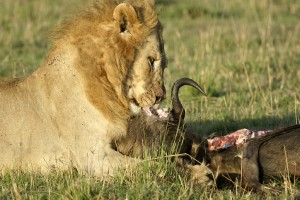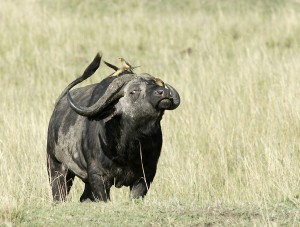When you go on a safari tour in order to shoot photos, whatever the organisation, there are a few things that you should always keep in mind, that are very easy to apply and that bring a lot of good results. Here’s my list:
- Be ready. Always keep your camera ON. Switching it ON is a useless distraction when you need to shoot something. Nature will surprise you. Be ready for surprises… and to catch them.
- Be ready. Always keep your camera on your lap or next to you. Nature will surprise you. Be ready for surprises… and to catch them.
- Be ready. Don’t bother with the LCD screen. Shoot images, look at them later in the lodge. Things happen during your LCD-fetish time. Nature will surprise you. Be ready for surprises… and to catch them.
- Take your time. Stay with the animal. Don’t look and say “OK. We saw it. Let’s go to the next”.
- Know the animals you’re supposed to find on the location (ask your guide before) and look for them. Incessantly. Even while chatting with the other people around you.
- Bring a 300mm or 400mm lens with you. Animals are shy and they won’t let you approach easily.
- Shoot with a fast speed. Animals move! For birds, keep the speed above 1/1000 second. For larger animals, keep it above 1/500.
- Frame the subject, avoid putting it in the middle/center of the photo. Moving it to the side and having it walk into it is better. Avoid having the animal “looking outside the frame”.
- Focus on the eyes.
- You may be tempted to shoot immediately, don’t. First look at the light on the animal. For example, a walking elephant may have the eyes in the dark. A second later, the sun will shine in the eye. What picture will be the best? The one you waited for. If waiting seems too difficult, shoot one “souvenir”, then look and wait. Then shoot “the right one” (I do this a lot with birds: Get one, then try to get the “right one” before it flies out).
- Shoot early in the morning, or late in the evening. Hard light at mid-day will kill all subjects with ugly shadows.
- There is no perceptible difference between a sleeping lion and a dead lion. Would you shoot a dead lion? So, wait for the return of life. By the way, sleeping lions will move, even if only to move out of the sun rays through the tree that hides them. You may have to wait for fifteen minutes (or an hour), but it will move for sure.
- Look for animal behaviour: drinking, grooming each other, walking together, fighting, jumping, birds landing, etc. Those will make interesting stories.

